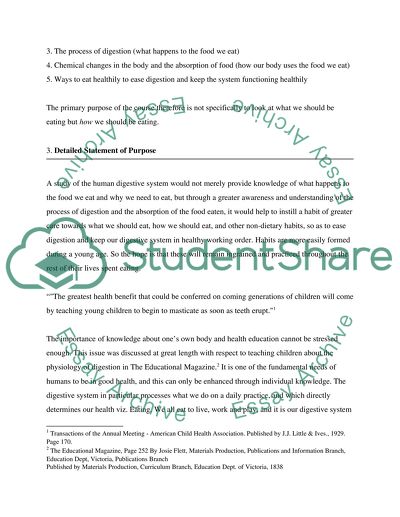Cite this document
(“Healthy Digestion: A Lesson Plan Essay Example | Topics and Well Written Essays - 3000 words”, n.d.)
Healthy Digestion: A Lesson Plan Essay Example | Topics and Well Written Essays - 3000 words. Retrieved from https://studentshare.org/health-sciences-medicine/1549050-healthy-digestion-a-lesson-plan
Healthy Digestion: A Lesson Plan Essay Example | Topics and Well Written Essays - 3000 words. Retrieved from https://studentshare.org/health-sciences-medicine/1549050-healthy-digestion-a-lesson-plan
(Healthy Digestion: A Lesson Plan Essay Example | Topics and Well Written Essays - 3000 Words)
Healthy Digestion: A Lesson Plan Essay Example | Topics and Well Written Essays - 3000 Words. https://studentshare.org/health-sciences-medicine/1549050-healthy-digestion-a-lesson-plan.
Healthy Digestion: A Lesson Plan Essay Example | Topics and Well Written Essays - 3000 Words. https://studentshare.org/health-sciences-medicine/1549050-healthy-digestion-a-lesson-plan.
“Healthy Digestion: A Lesson Plan Essay Example | Topics and Well Written Essays - 3000 Words”, n.d. https://studentshare.org/health-sciences-medicine/1549050-healthy-digestion-a-lesson-plan.


